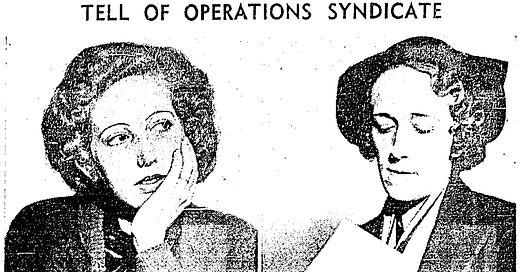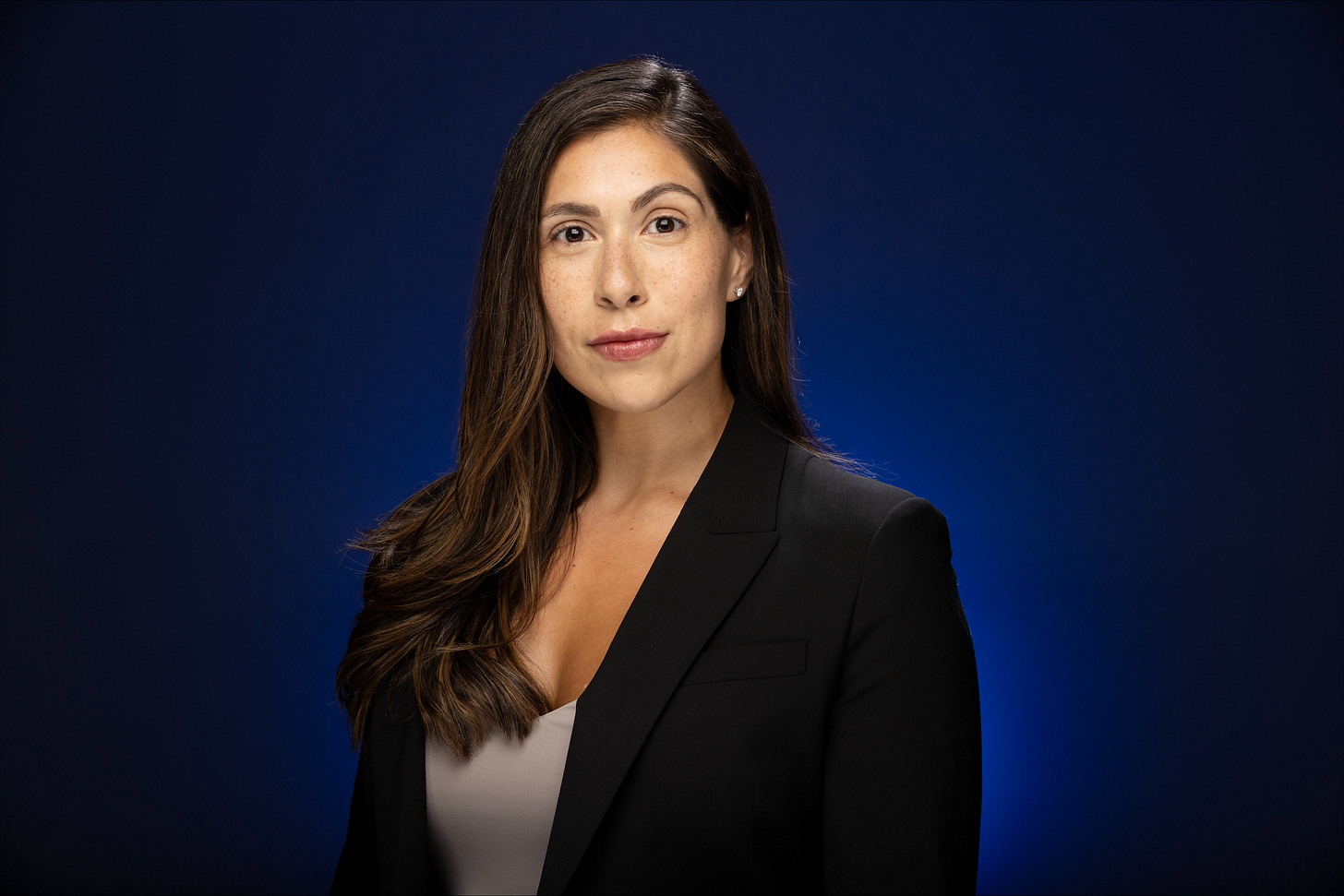New paperback release shows pre-Roe California
Alicia Gutierrez-Romine's impressive work details the Pacific Coast Abortion Ring
When people think of California, they think of progressive laws and sexual liberty. But it wasn’t always that way. There was an era when crime syndicates operated abortion rings, with cops investigating them and journalists sensationalizing the arrests and prosecutions.
Alicia Gutierrez-Romine researched all that when she released From Back Alley to the Border: Criminal Abortion in California, 1920-1969, which will be available in Paperback on Amazon on Nov. 1. It is already available in hardcover. She focused on the Pacific Coast Abortion Ring, which had roughly 32 abortion providers operating in most major cities on the West Coast beginning in 1935.
“These were trained professionals,” Gutierrez-Romine said. “They may not all have been medical professionals in the sense that they went to medical school and got a medical license. But they were skilled in the sense that they had spent a lot of time performing these procedures, and they knew how to do them and how to do them well.”
The abortion ring emphasized quality control and uniformity, which was important because if offices had the same layout, then the higher-ups in the syndicate could move illegal abortion providers to different locations quickly.
“There was an attempt to make sure that everyone was trained by a medical professional on how to do the procedure, on how to do it well, on how to do it safely, because the safer the procedure was done, the less opportunity was there was for some type of investigation,” Gutierrez-Romine said.
(Alicia Gutierrez-Romine)
It was an open secret among law enforcement. Most abortion squads at the time focused on the illegal abortion providers who killed people or maimed women. Historically, in my research, I’ve learned that police used decoys in the form of police officers to capture abortionists. They conducted stakeouts. They relied on deathbed confessions from women who had been victims of poorly skilled hands or dirty instruments.
The Pacific Coast Abortion Ring became known because of an internal power struggle and desire for a more significant cut of money within the syndicate. Some of the different members tried to break off.
“So it's this internal power struggle that leads to kind of an announcement of information about how this ring is out there operating in California,” Gutierrez-Romine said. “And so it's no longer just something that LA officials know about. It kind of brought out the larger media circus.”
Police investigations were complex because they came across names of women, but most hadn’t used their real names in arranging or paying for an abortion. So they attempted to get nurses for the abortion providers to testify. That helped. So did “steerers,” or women who directed others to places where they could get an abortion.
As with most researchers who looked heavily into the topic before the Dobbs decision, the author never felt her work would be as timely as it is now.
“I never imagined that the book would be prescient, particularly at the moment post-Dobbs,” she said. “I never really imagined that these shifts would take place.”





